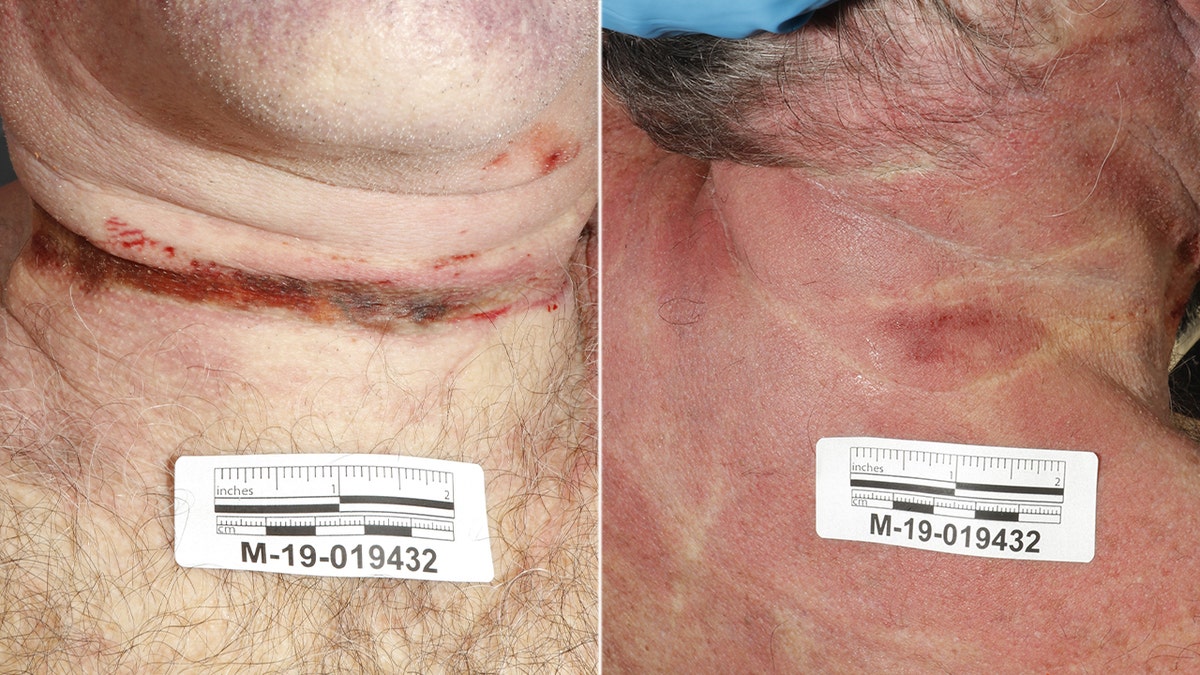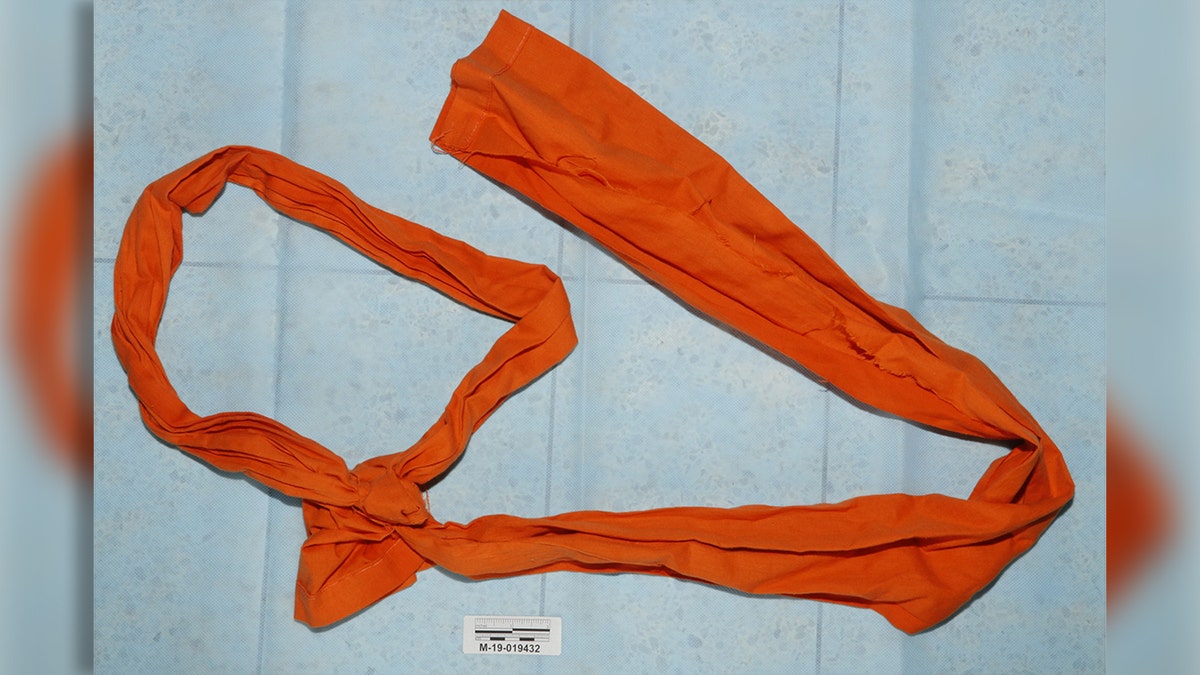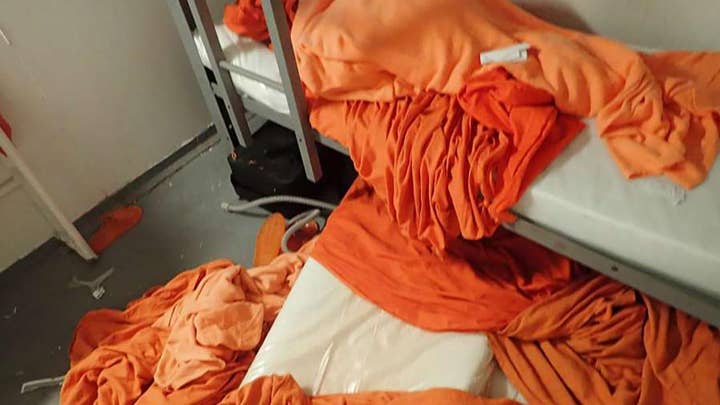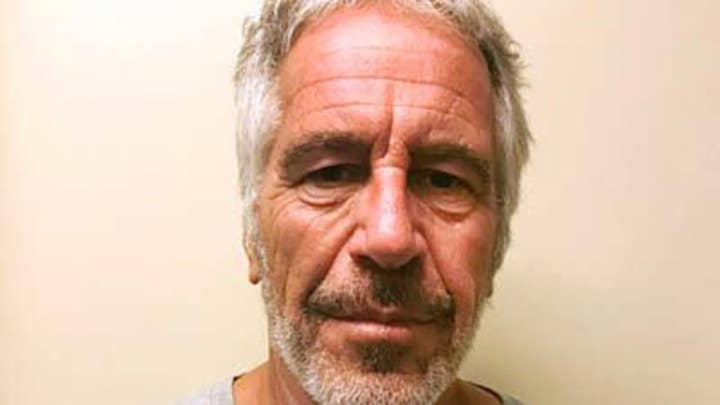Dr. Baden's theory on Epstein death
Dr. Michael Baden, forensic pathologist, provides insight to the autopsy report and criminal case of Jeffrey Epstein
Forensic pathologist Dr. Michael Baden said on “America’s Newsroom” on Monday that graphic images showing injuries to Jeffrey Epstein’s neck reaffirm his belief that the “findings are more indicative of homicide” than a suicide.
“I think there's a lot of information that still hasn't been revealed yet that is essential in order to arrive at a conclusion, whether this is a suicide or homicide,” Baden, the pathologist hired by Epstein's brother to investigate his death, said on Monday.
“I think the closing out of the case as a suicide so quickly was premature.”
The photos, which include images of nooses Epstein is said to have made out of bedsheets at the Metropolitan Correctional Center in Manhattan over the summer, were first published by CBS News. They depict a messy and chaotic scene inside the cell where the convicted pedophile lived the last moments of his life, as sheets are strewn across the floor while parts of fabric can be seen tied to a bedpost and window grate.

Jeffrey Epstein is ruled to have died from suicide by hanging on Aug. 10 in New York City.
On Monday, Baden, a former New York City medical examiner who has worked on high-profile cases during a five-decade medical career, referenced a photograph of the ligature mark around Epstein’s neck, saying it “doesn't match the ligature that was found at the scene and that the medical examiner copied to show how he was hanged.”
He added that “it was too wide and too smooth. This is a rougher injury.”
Speaking on “America’s Newsroom” on Monday, Baden also referenced a photo of a noose “which presumably is what he was found hanging with.”

A noose made out of a prison sheet that was found inside Epstein's cell.
“There is no transfer of any blood on that ligature from the neck,” he said. “It doesn't match the ligature mark on the neck. It's too wide, it's too smooth, and it doesn't have any transfer of skin or blood.”
In an exclusive interview on “Fox & Friends” in October, Baden first revealed Epstein’s body bore telltale signs of homicide, despite the official ruling that he had killed himself.
At the time he said that the 66-year-old had two fractures on the left and right sides of his larynx, specifically the thyroid cartilage or Adam’s apple, as well as one fracture on the left hyoid bone above the Adam’s apple.
On Monday, Baden said on “America’s Newsroom” that “in hanging, one doesn’t get three fractures of the Adam's apple and the bone, the hyoid bone above it. That just doesn't happen.”
The bombshell claim by Baden last year reignited suspicions that surfaced immediately after Epstein, who was awaiting trial on federal sex-trafficking charges involving underage girls, was discovered dead in his cell on Aug. 10.
GRAPHIC PHOTOS SHOW JEFFREY EPSTEIN SHORTLY AFTER HIS DEATH, MESSY JAIL CELL
New York City Medical Examiner Barbara Sampson ruled the disgraced billionaire’s cause of death to be a suicide by hanging.
Baden said on Monday that there are still many unanswered questions surrounding how Epstein died.
“I think the important thing is to find out what was seen when the guards first went into the cell. Was he hanging? Was he on the ground? As some people reported when he was found,” Baden said.
He added that “the removal of the body destroyed a lot of the forensic evidence.”
“EMS is not supposed to remove dead bodies from jails,” Baden went on to say. “They’re supposed to have a whole forensic workup, what kind of forensic evidence is on the clothing, how long the person was dead.
“We can tell from the ligature mark that he had been -- there was a tight ligature around his neck for many hours, and the front of the neck, before he was found--so he was dead for a long time. But we could be more specific about that if somebody tested out the stiffness of the body, et cetera, at the scene.”
CLICK HERE TO GET THE FOX NEWS APP
Baden added that “a lot was lost when the body was removed” and that “a lot certainly is lost” until “the guards tell how the body was found.”
Fox News’ Melissa Leon and Greg Norman contributed to this report.






















